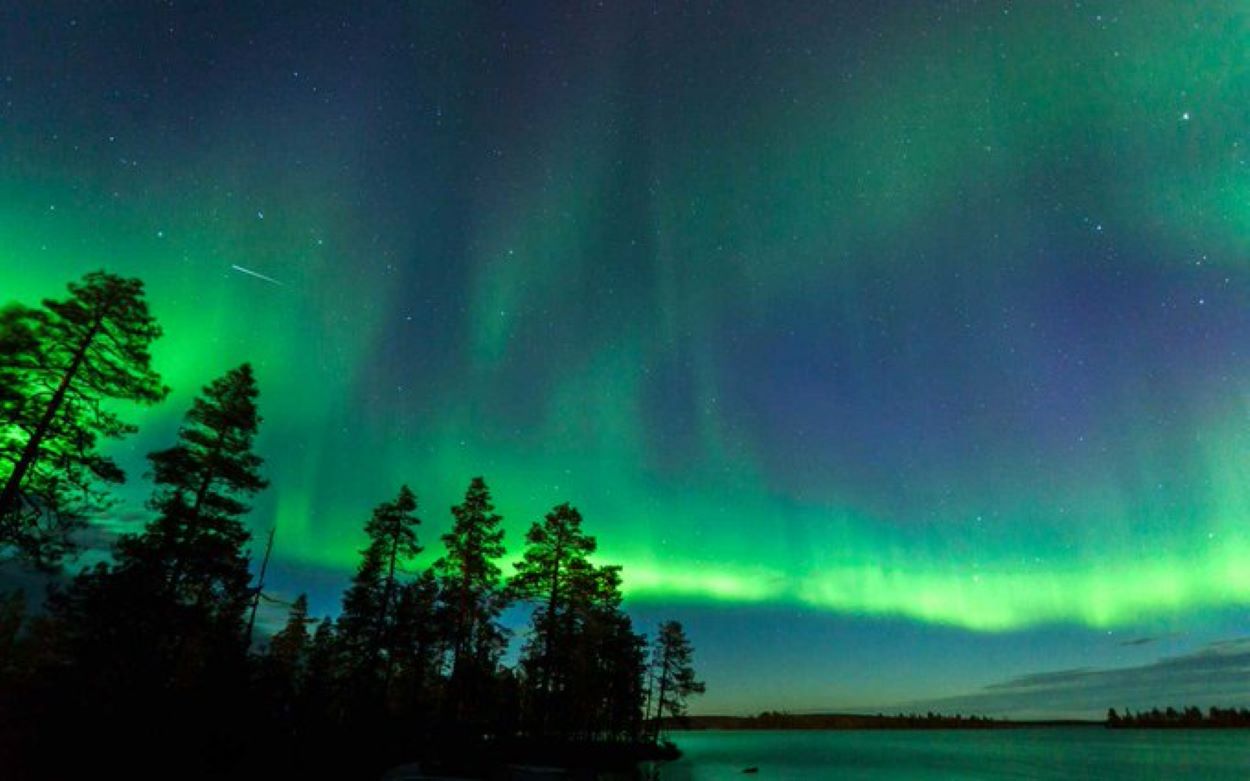This weekend, an exceptional display of the northern lights, or aurora borealis, is anticipated to illuminate the skies over parts of the U.S. This follows the release of some of the most powerful solar flares the Sun has emitted in recent years.
While typically seen in high-latitude areas like Alaska, this phenomenon might extend much farther south this weekend, giving millions of Americans an extraordinary opportunity to experience these stunning lights.
On October 2, 2024, the Sun emitted a massive solar flare, rated X7.1, accompanied by a coronal mass ejection (CME).
This intense burst of plasma and magnetic particles is now en route to Earth. It will interact with our atmosphere, sparking the vivid, colourful displays known as the aurora.
The National Oceanic and Atmospheric Administration (NOAA) has raised the forecast for the resulting geomagnetic storm to a G3 level, marking it as the third most intense on a five-point scale.
As a result, the northern lights are likely to appear further south than usual, with increased brightness and complexity.
The aurora occurs when charged solar particles collide with Earth’s magnetic field.
These particles then strike atmospheric gases, creating various colours, including green, purple, red, and sometimes blue.
This weekend’s strong geomagnetic storm promises to amplify the aurora’s intensity and visibility, making it an unmissable event for stargazers.






